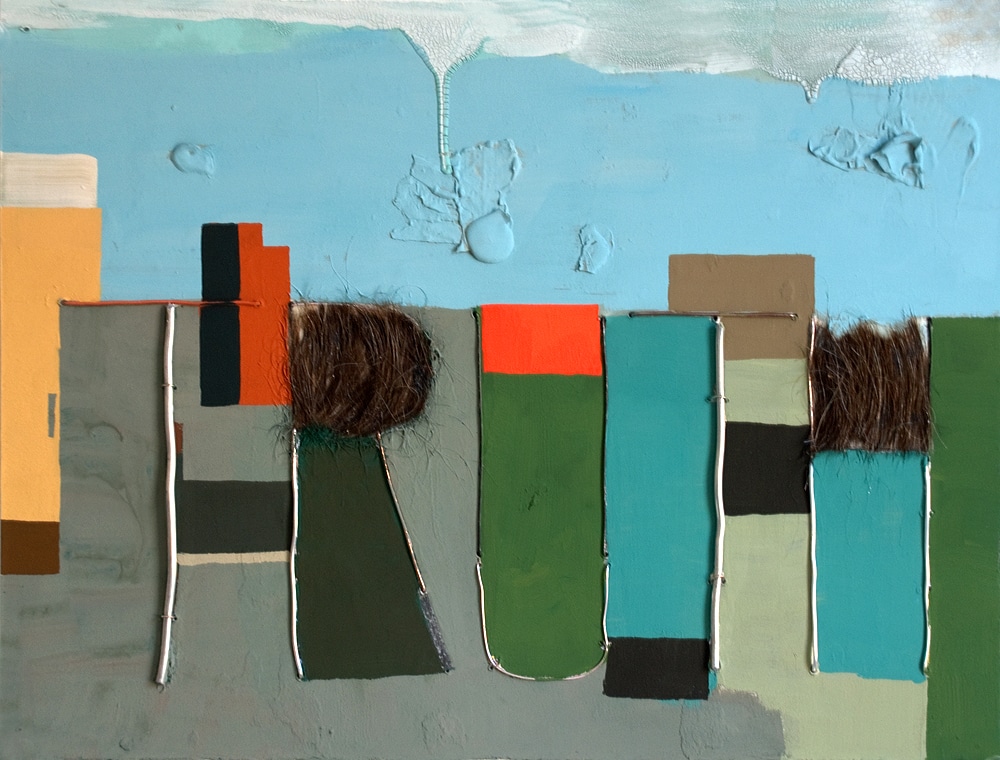
It’s uncomfortable to think about passing away, but when you do, will your artwork and legacy die with you?
Most artists don’t think about this question until it is too late.

A will is always a good idea and one way to make sure your artwork lands in the hands of trusted loved ones, but what then? Does your business vanish? What happens to your storage unit or gallery filled with pieces?
Putting your business in the hands of your spouse or children might seem like the best idea, but if they aren’t experienced in the art field, how will they promote your legacy, market your pieces, know what your art is worth and continue to showcase it through shows and museums?
Jennifer Wynne Reeves, an abstract painter who used items such as Popsicle sticks in her work, passed away in June after battling brain cancer for several years. Reeves’ family said she knew her time was short and decided to set up a trust to ensure her artwork would be properly stewarded.
After being diagnosed in 2012, Reeves contacted a lawyer to see what her options were for preserving her work. She met with Thomas B. Wilinsky of Biancone & Wilinsky, LLP in New York City and transferred all of her artwork into a trust.
“Jennifer knew she was ill, but she was interested in still having her art continue to sell and be marketed after her death,” Wilinsky said. “She handpicked people who knew her and how the art business works and included them in her trust to ensure her work would still be profitable.”
Reeves’ uncle, Louis Reeves, is one of the six trustees Reeves appointed and is the trust’s beneficiary. He isn’t an artist, so he said he’s thankful his niece planned ahead and made sure everything was sorted in her studio.
“If she wasn’t so organized, I don’t know what I would have done if all of her work fell in my lap,” Louis said. “She also picked great people who know a lot about art and are experts in the field. They know how to promote art and work with museums and galleries to extend Jennifer’s legacy.”

Louis also added that many of Jennifer’s artist friends have begun to start planning out the future of their artwork after death since seeing the handling of Jennifer’s estate.
Jennifer’s work is still being sold in BravinLee programs, a contemporary art gallery in New York City, thanks to her trust. These estate-planning devices can run anywhere from $3,000 to $10,000 and are just one option.
To find out more, download A Visual Artist’s Guide to Estate Planning, a comprehensive handbook designed to assist artists in planning their estates. You should also contact a professional financial adviser or attorney.
Christal Hayes is a staff writer for Professional Artist. She is a senior at the University of Central Florida, where she studies journalism and marketing.



